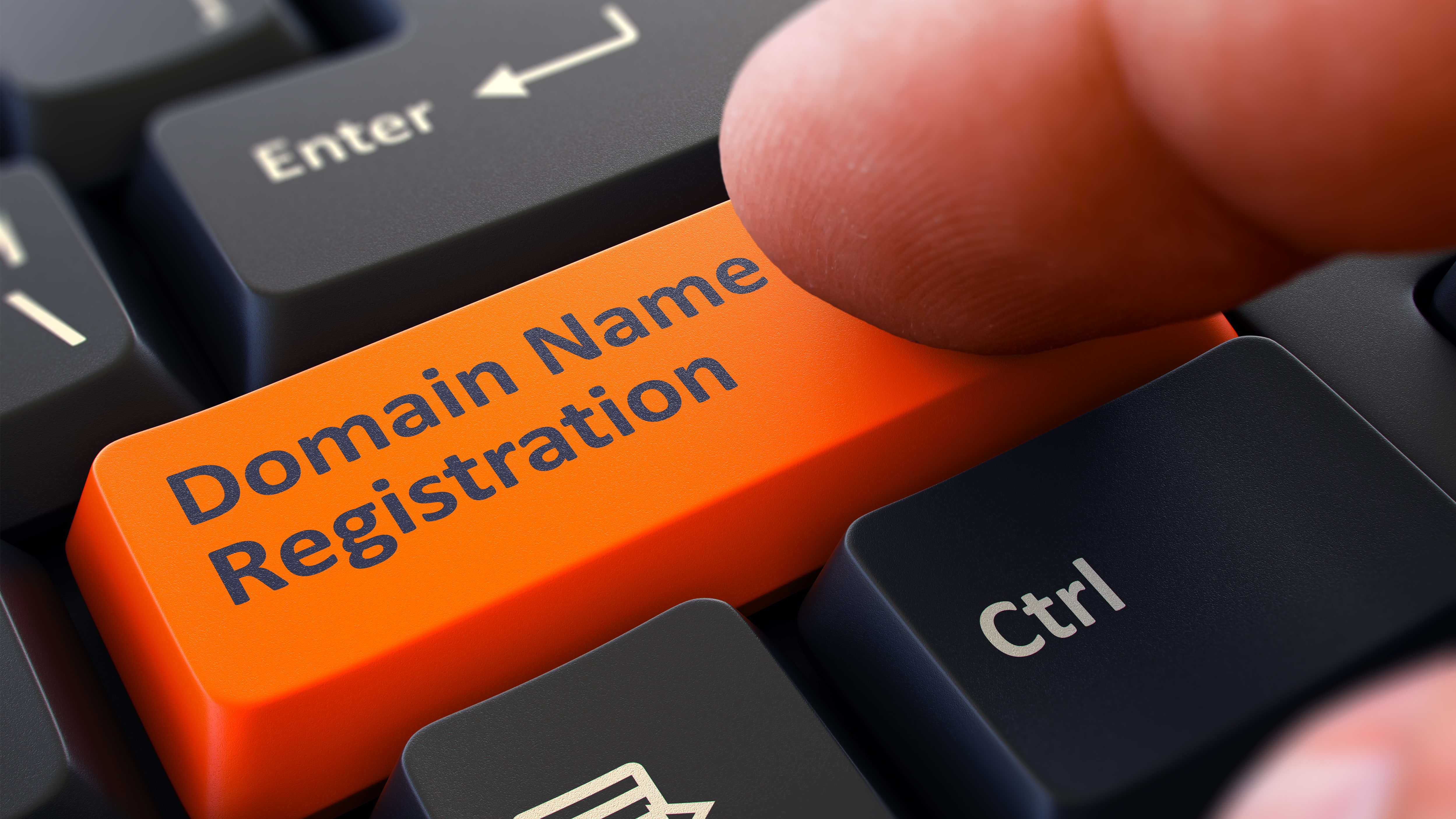How to find out who owns a domain name
Four simple ways can do it straight away

If you were looking for a perfect domain name only to find out it’s already been taken, you’re probably wondering what to do next. Well, there are a couple of things you can still try to do before calling it a day. The simplest solution would be to settle for another domain name, something similar but not quite what you wanted.
You could switch the top-level domain (TLD), change the name slightly, or start from scratch. Still, why go with your second choice when there’s still a chance you could get the first one? If you’re lucky, you might find out that the current owner doesn’t need the domain name anymore and is willing to sell it to you. However, for any of this to be possible, you’ll have to figure out who the owner is and contact them first.
Fortunately, there are four main methods you can utilize to get this piece of information and all of them are fairly simple. So, let’s cut to the chase and get down to business.
Ways to find out who owns a domain
In addition to the owner’s name, you’ll want to find out a few more pieces of information such as contact information (like a phone number or an email address), when was the domain registered last time, and whether there are multiple owners. If there are, there's a strong possibility they’re spammers, so it’s smarter to stay away from this domain name - if it was used for spam it undoubtedly has an ugly reputation.
Now, let’s see how you can figure out who owns a domain.
1. Visit the website
Most sites - personal blogs and business sites alike - feature some information about its owner, perhaps even about the domain’s ownership. So, as soon as you find out a domain name is taken, look for what it’s being used.
Are you a pro? Subscribe to our newsletter
Sign up to the TechRadar Pro newsletter to get all the top news, opinion, features and guidance your business needs to succeed!
If there isn’t a site - not even under construction - there’s a higher chance the domain is for sale on domain name marketplaces and auction sites. So, before trying to get in touch with the owner, check some of these sites (Sedo, NamePros, and so on).
On the other hand, if you’ve found a fully functional site under the domain, search for the ownership and contact information - check the “About” and “Contact Us” sections. However, if the site is super stingy with information, you can skip straight to the next method.
2. Carry out a simple web search
If the ownership information isn’t available on the site, you could carry out a simple web search, perhaps even check the social media accounts associated with the domain name. If the site features social media buttons, go ahead and click on each one. You might find the site owner through a LinkedIn profile and get in touch with them there - after all, LinkedIn is commonly used for business, so you won’t be crossing any boundaries there.
If everything else fails, a simple Google search could reveal some clues about the owner’s identity and contact information.
3. Search through the WHOIS database
The best method for finding or confirming the identity of the domain’s current owner is by searching through the WHOIS directory. This public domain name database collects data about domains and their owners each time someone registers a new domain, renews an old one, or updates their DNS records. In addition to this, WHOIS also provides contact information - usually an email address and a phone number.
The WHOIS databases are available on the WHOIS and ICANN official sites. We should note that both organizations were created for storing and sharing information about all websites in the world. To find out about a domain name, go to either of these sites, type it in the search box, and hit the Enter button.
In no time, you should get the owner’s name and contact information, as well as the domain’s registration and expiration dates. On top of this, some WHOIS search results may include additional information about the site’s traffic and overall performance.
However, now it’s time to clarify why we said you “should” and not “will” get these pieces of information. Well, if a domain’s owner wants to protect their privacy, they can utilize a privacy and proxy registration service. In this case, a service provider would appear as a registrant instead of the real owner while the owner would stay anonymous.
4. Reach out to the domain registrar
To hide their name from WHOIS searches, some domain owners will purchase a privacy protection service from domain name registrars. Therefore, if you couldn’t find the owner in the WHOIS database, this is the reason why.
In such a case, your best bet is to contact the domain registrar with which the domain name is currently registered - at least you can get that piece of information from WHOIS. So, give them a ring or write them an email explaining which domain you'd like to buy and asking them to share this information with its owner. There’s no guarantee this will work but you’ll never know unless you try.

What to do if a domain owner’s information is private?
There are three things you can try if you can’t find any information about the owner’s identity - reach out to the domain registrar (scroll up and check the previous chapter), hire a domain broker (GoDaddy, Namecheap, Sedo, and many more provide this service), or simply call it quits and come up with an alternative to the first domain name you wished to use.
Now, it’s time to get in touch with the domain name owner
If you’ve set your heart on a domain name that’s taken, don’t give up on it straight away. There is still a chance the owner is willing to sell it to you. So, go on and find out who the owner is and get in touch with them at once.
- You can also get a free domain for a year by picking one of the best web hosting services on the market
Mirza Bahic is a freelance tech journalist and blogger from Sarajevo, Bosnia and Herzegovina. For the past four years, Mirza has been ghostwriting for a number of tech start-ups from various industries, including cloud, retail and B2B technology.